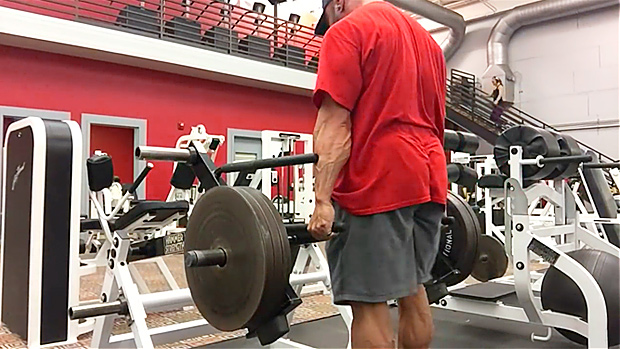The 1.5 Eccentric Isometric Protocol
There are a lot of techniques for building stubborn muscle groups and correcting strength deficiencies, but the "one-and-a-half eccentric isometrics" method is hard to beat. It's a combo of two effective techniques: the 1.5 method and eccentric isometrics – slow negatives followed by a pause in the stretched position.
When it comes to stubborn muscles and stalled lifts, there are two things that need to be considered, both of which this technique addresses:
- The neuromuscular component
- The structural hypertrophy component
If you struggle with a movement pattern such as squats or chest presses, chances are that both your technique and neuromuscular efficiency needs improvement.
The eccentric isometric allows you to hone-in on your body position by using negatives to fine-tune your mechanics. That's because muscle spindles (sensory feedback mechanisms imbedded within muscles) provide the greatest feedback when the muscles are under stretch.
Besides teaching proper mechanics, this improves neural connections and grooves the appropriate movement patterns into the CNS. The result is substantial increases in strength and force production, not to mention a nice bonus of decreased joint pain.
To address hypertrophy, particularly in areas of the body that are more resistant to growth, the key lies in taking advantage of the three hypertrophy mechanisms: muscle damage, mechanical tension, and metabolic stress. The 1.5 technique will do the trick.
This involves a bottom half-rep followed by a full rep. In terms of increased strength, the phase involving the full rep will allow you to practice lifting with compensatory acceleration/maximal speed (during the concentric phase), while the partial/bottom-half rep will focus more on triggering functional hypertrophy.
The muscle damage and micro-trauma from the 1.5 technique (particularly when combined with eccentric isometrics) is potent for triggering size gains because you'll be spending significant time in the stretched position.
The bottom half of the movement is also key for triggering increased levels of mechanical/intramuscular tension as well as metabolic stress due to the constant tension and reduced momentum.
Regardless of how stubborn your muscles may be, if you can summon the mental fortitude to push past the pain of this brutal protocol, you'll be rewarded with boosts in size and strength.




